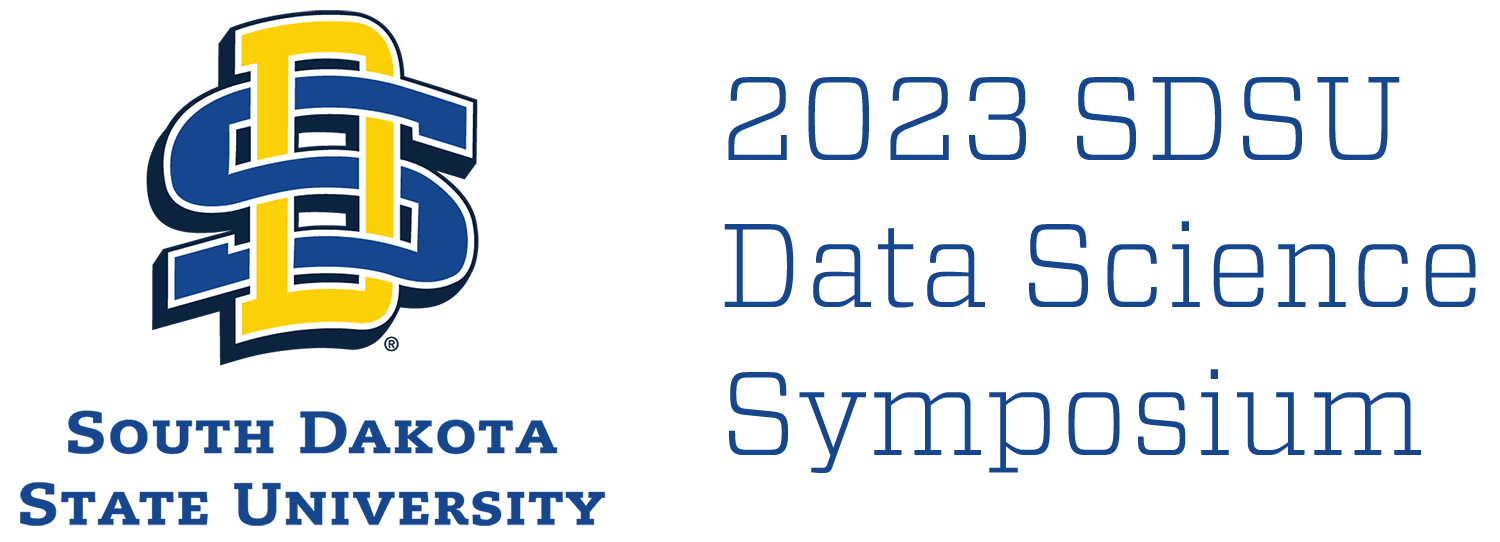Presentation Type
Oral
Student
Yes
Track
Other
Abstract
Recently there has been high demand for the representation learning of graphs. Graphs are a complex data structure that contains both topology and features. There are first several domains for graphs, such as infectious disease contact tracing and social media network communications interactions. The literature describes several methods developed that work to represent nodes in an embedding space, allowing for classical techniques to perform node classification and prediction. One such method is the graph convolutional neural network that aggregates the node neighbor’s features to create the embedding. Another method, Walklets, takes advantage of the topological information stored in a graph to create the embedding space. We propose a method that takes advantage of both the feature embeddings and topological by an intersection of the two methods. We first represent information across the entire hierarchy of the network by allowing the graph convolutional network to skip neighbors in its convolutions. Then using multilinear algebra, we can capture correlations across the hierarchies to create our node embeddings by representing our convolutions as a tensor. We can follow up the captured node embeddings by a dense layer to perform node classification or link prediction.
Start Date
2-7-2023 3:00 PM
End Date
2-7-2023 4:00 PM
Included in
Artificial Intelligence and Robotics Commons, Data Science Commons, Theory and Algorithms Commons
Session11: Skip-GCN : A Framework for Hierarchical Graph Representation Learning
Herold Crest 253 C
Recently there has been high demand for the representation learning of graphs. Graphs are a complex data structure that contains both topology and features. There are first several domains for graphs, such as infectious disease contact tracing and social media network communications interactions. The literature describes several methods developed that work to represent nodes in an embedding space, allowing for classical techniques to perform node classification and prediction. One such method is the graph convolutional neural network that aggregates the node neighbor’s features to create the embedding. Another method, Walklets, takes advantage of the topological information stored in a graph to create the embedding space. We propose a method that takes advantage of both the feature embeddings and topological by an intersection of the two methods. We first represent information across the entire hierarchy of the network by allowing the graph convolutional network to skip neighbors in its convolutions. Then using multilinear algebra, we can capture correlations across the hierarchies to create our node embeddings by representing our convolutions as a tensor. We can follow up the captured node embeddings by a dense layer to perform node classification or link prediction.

